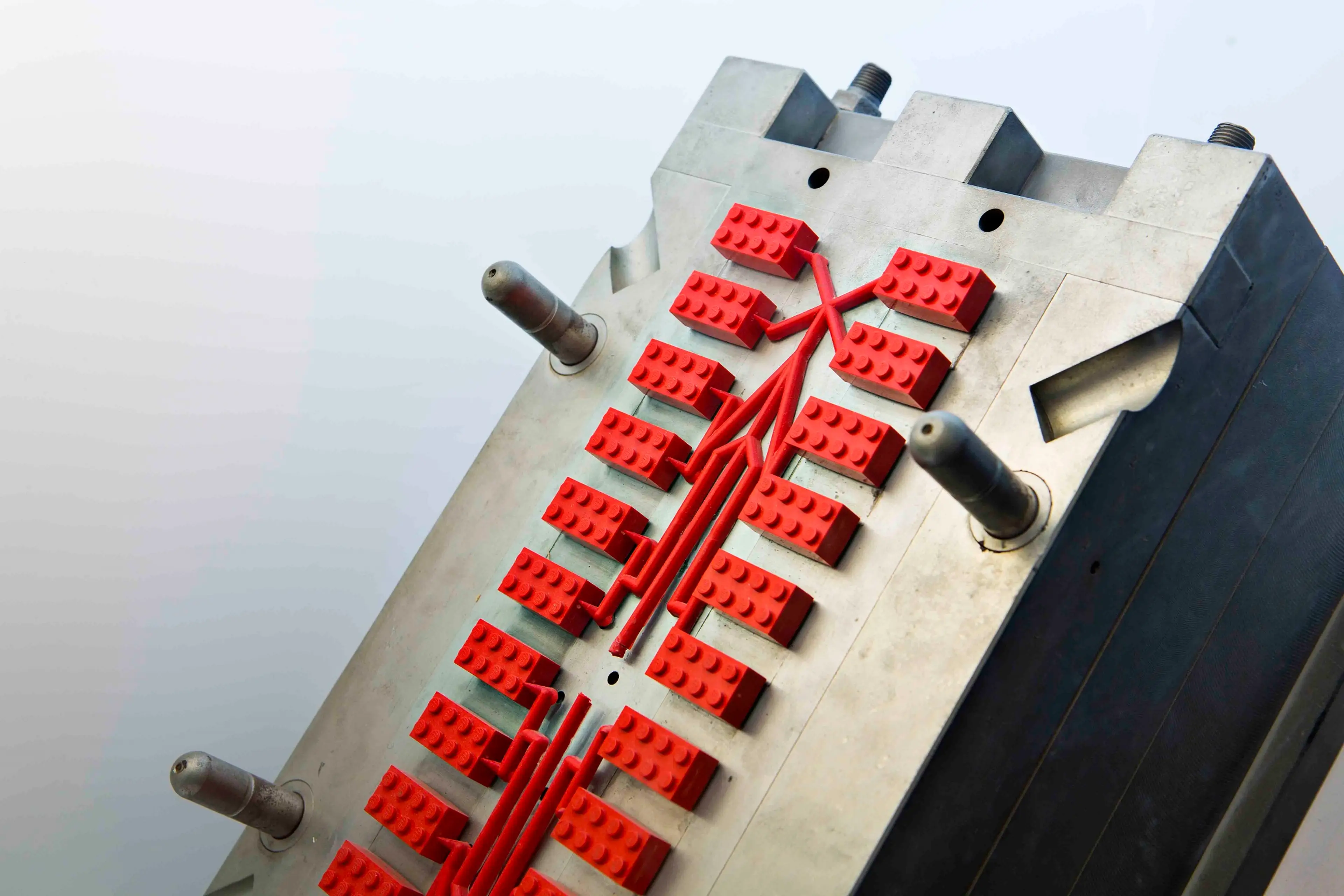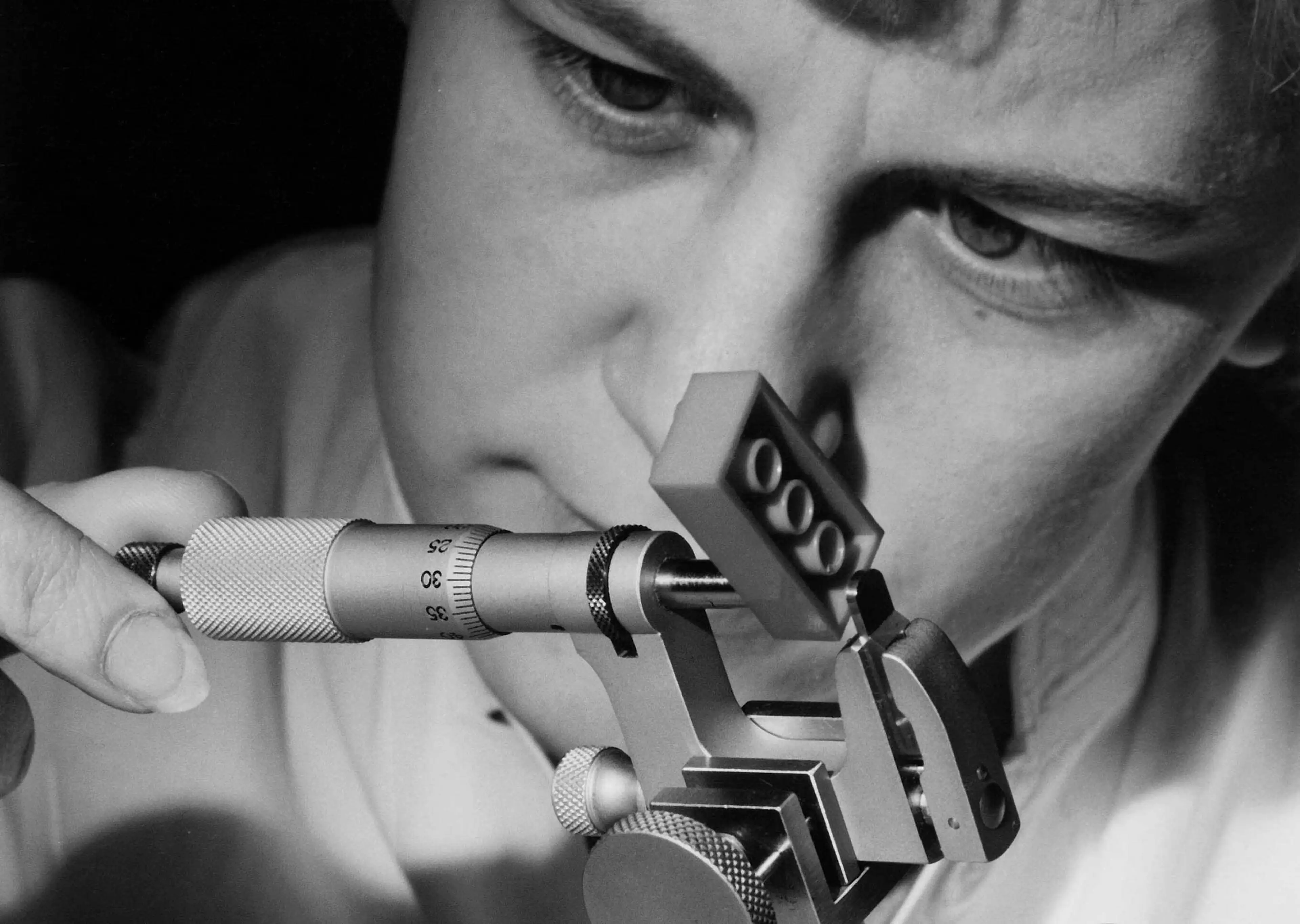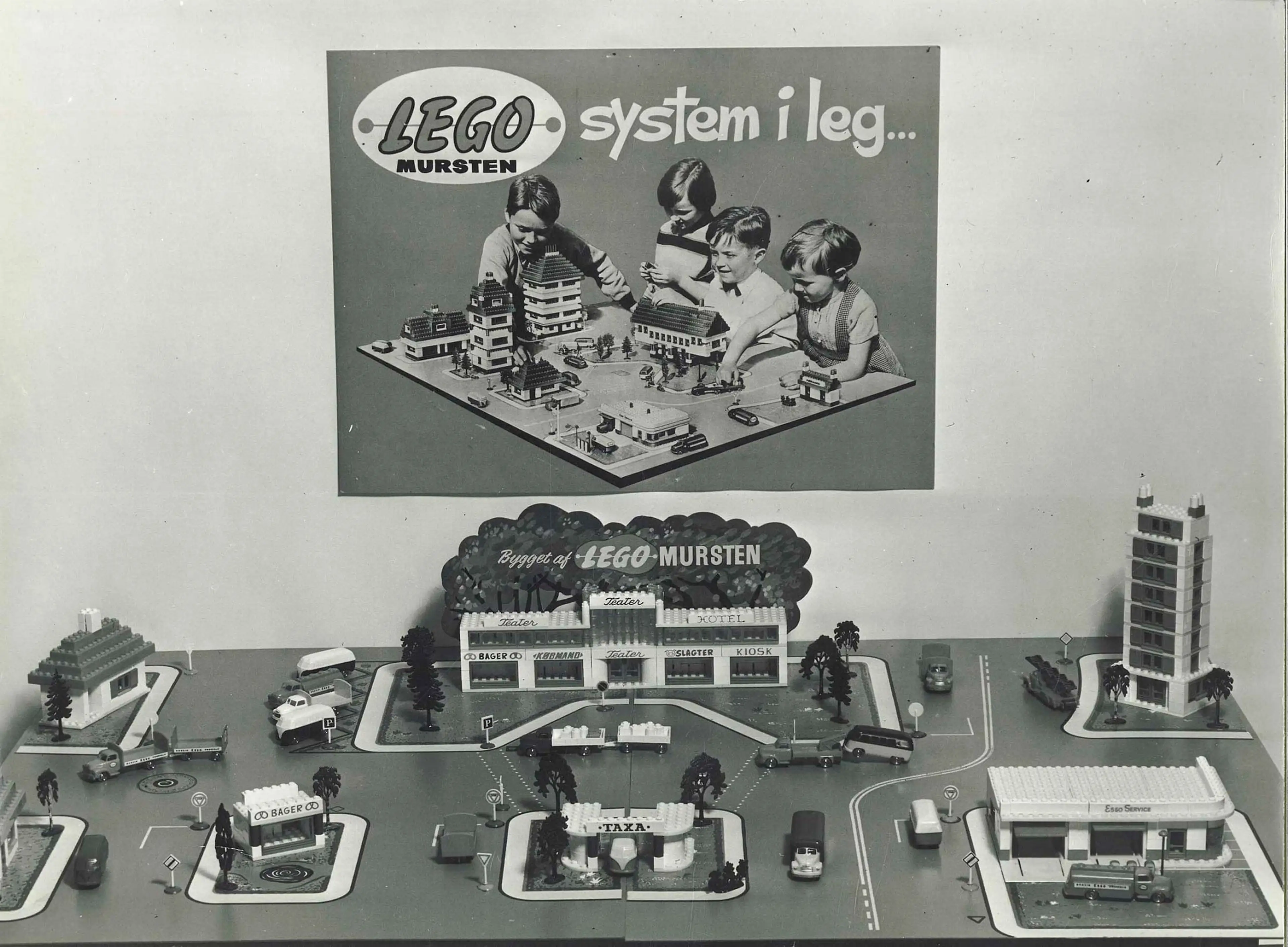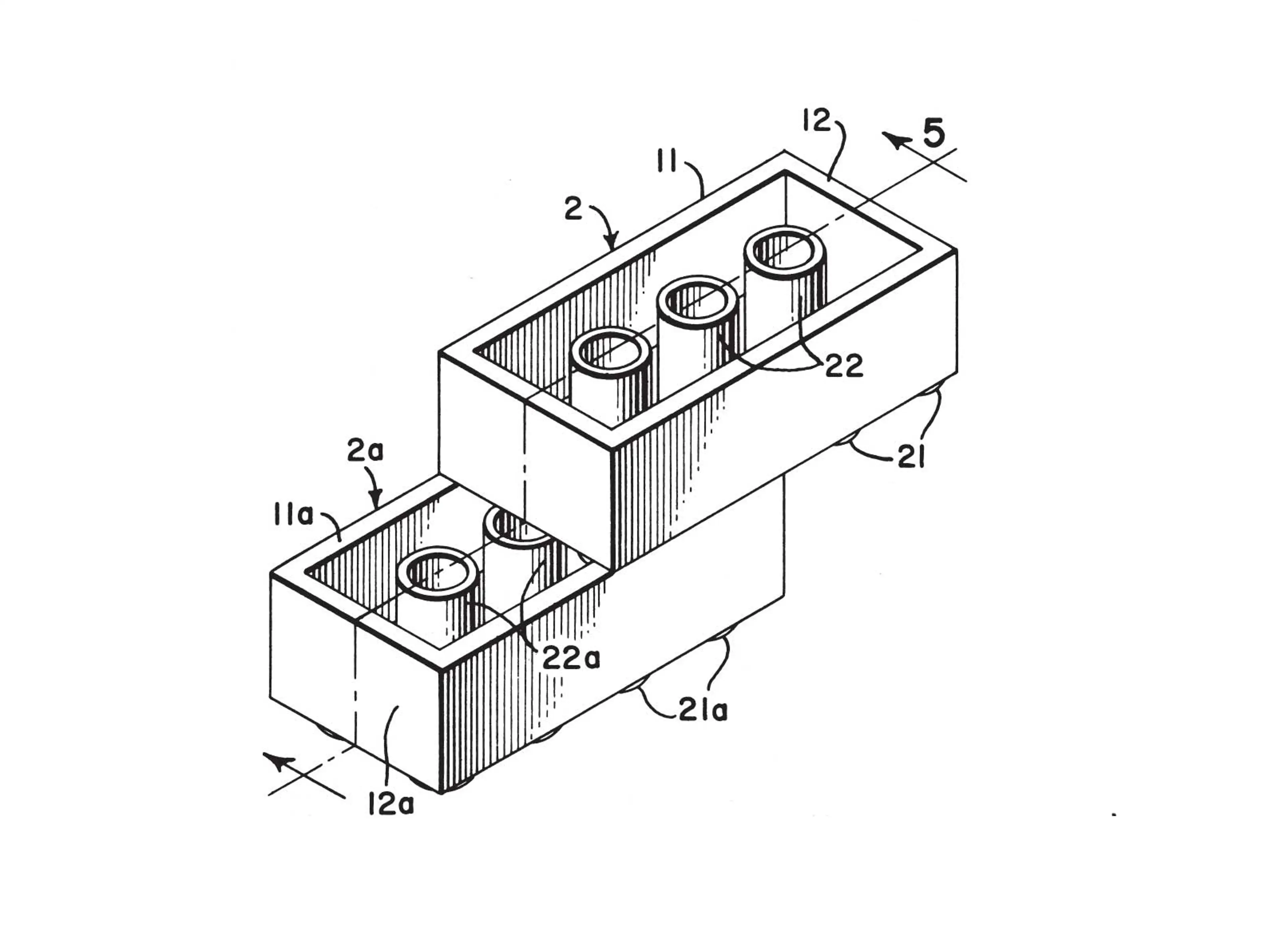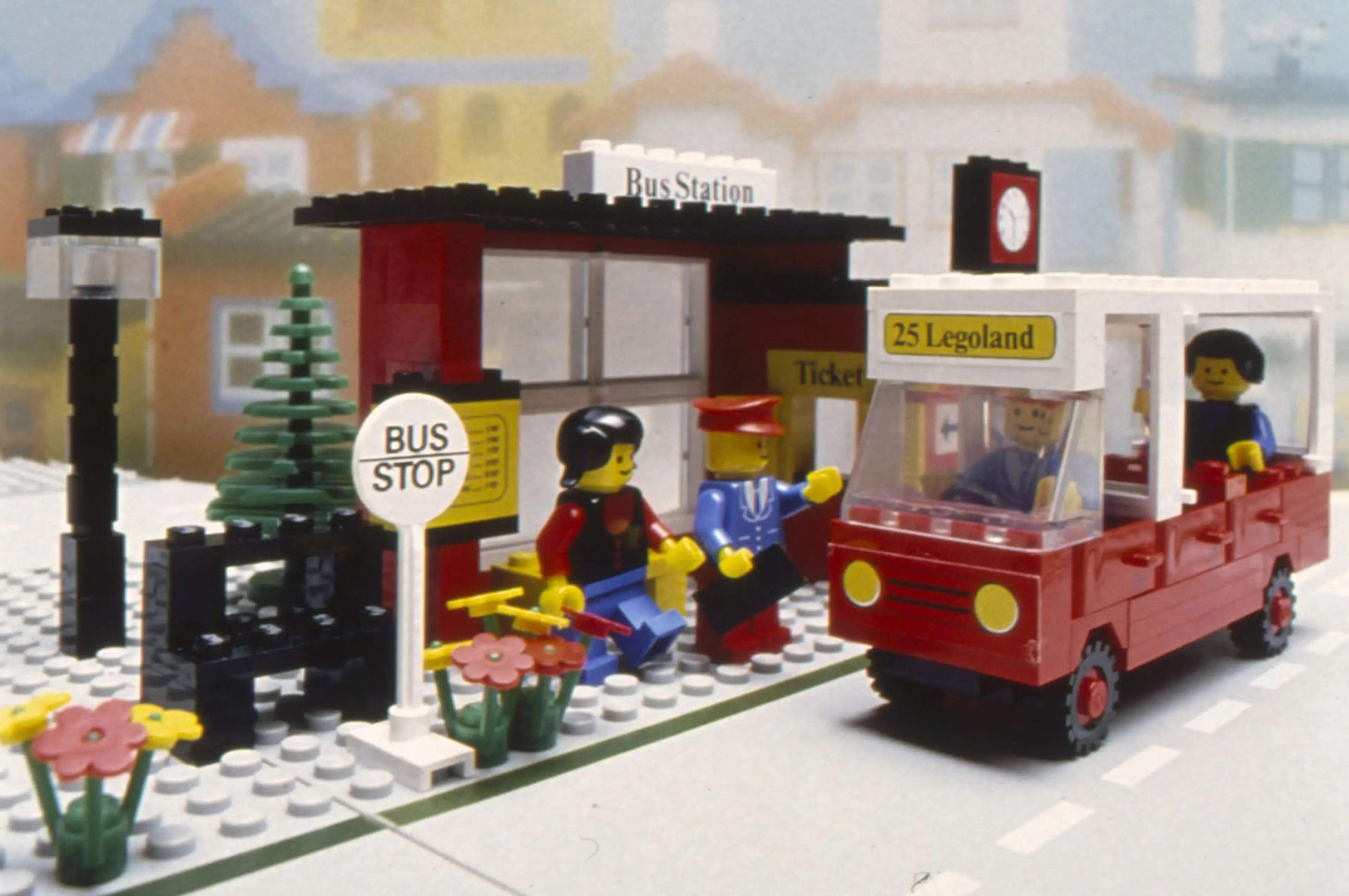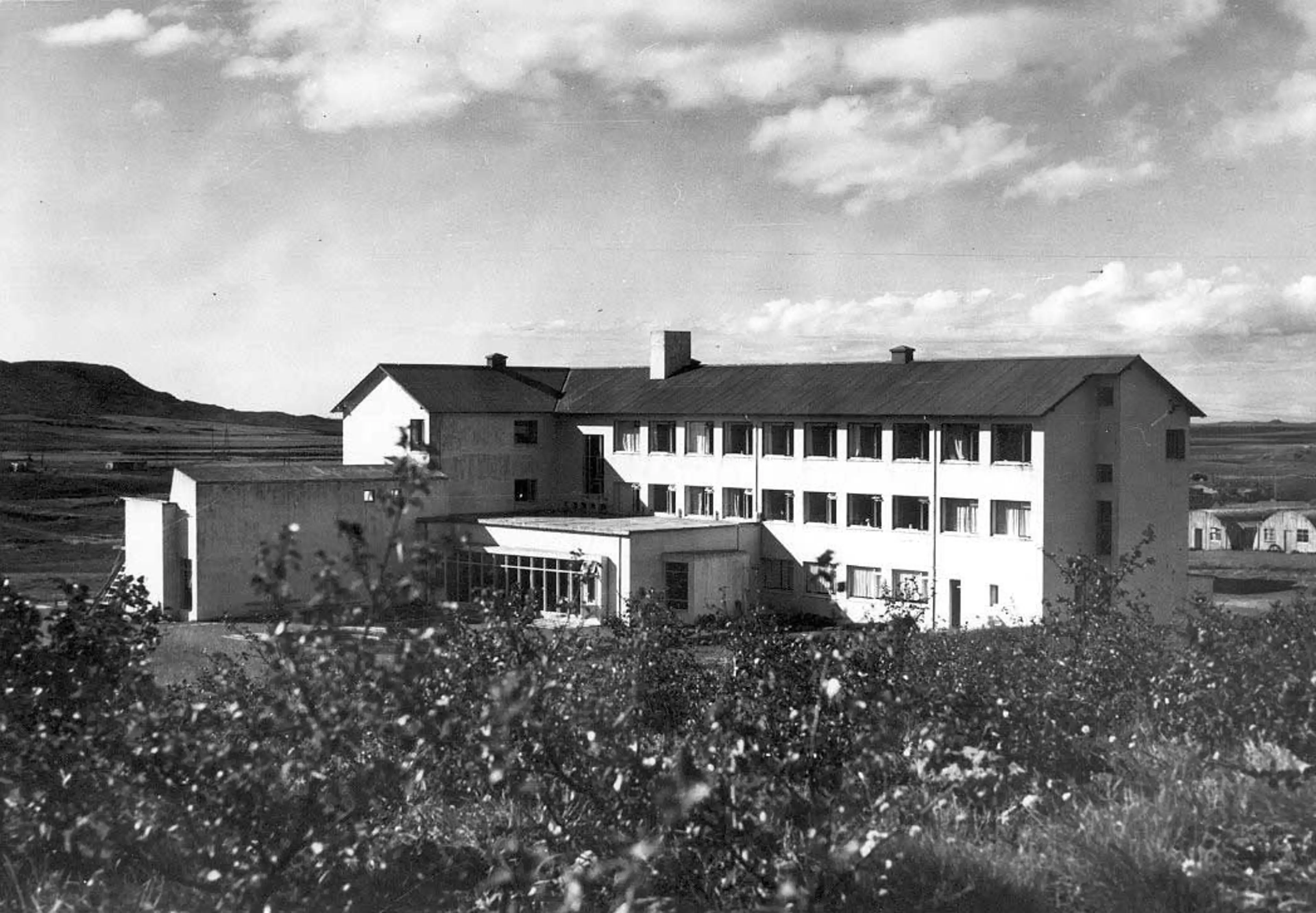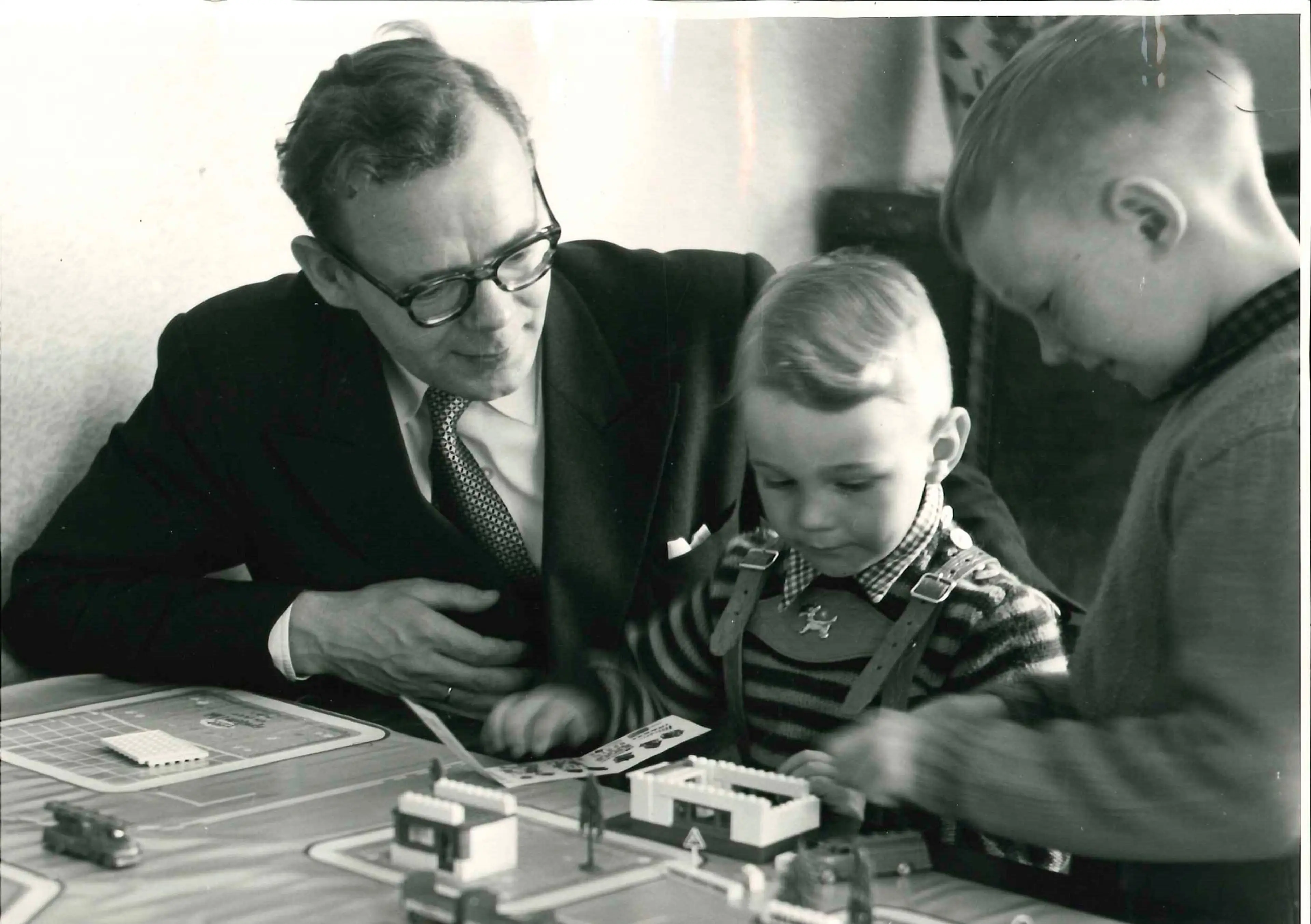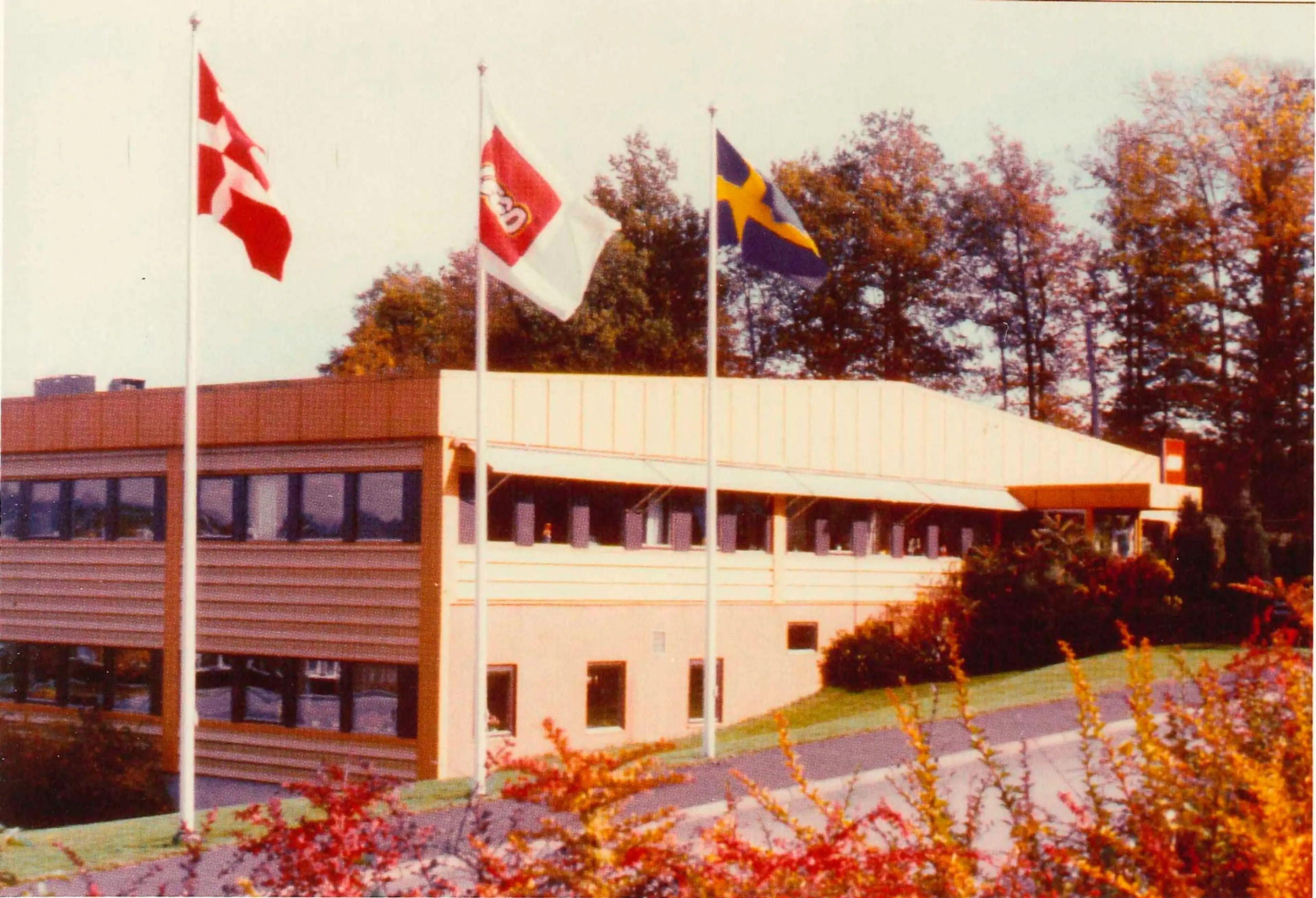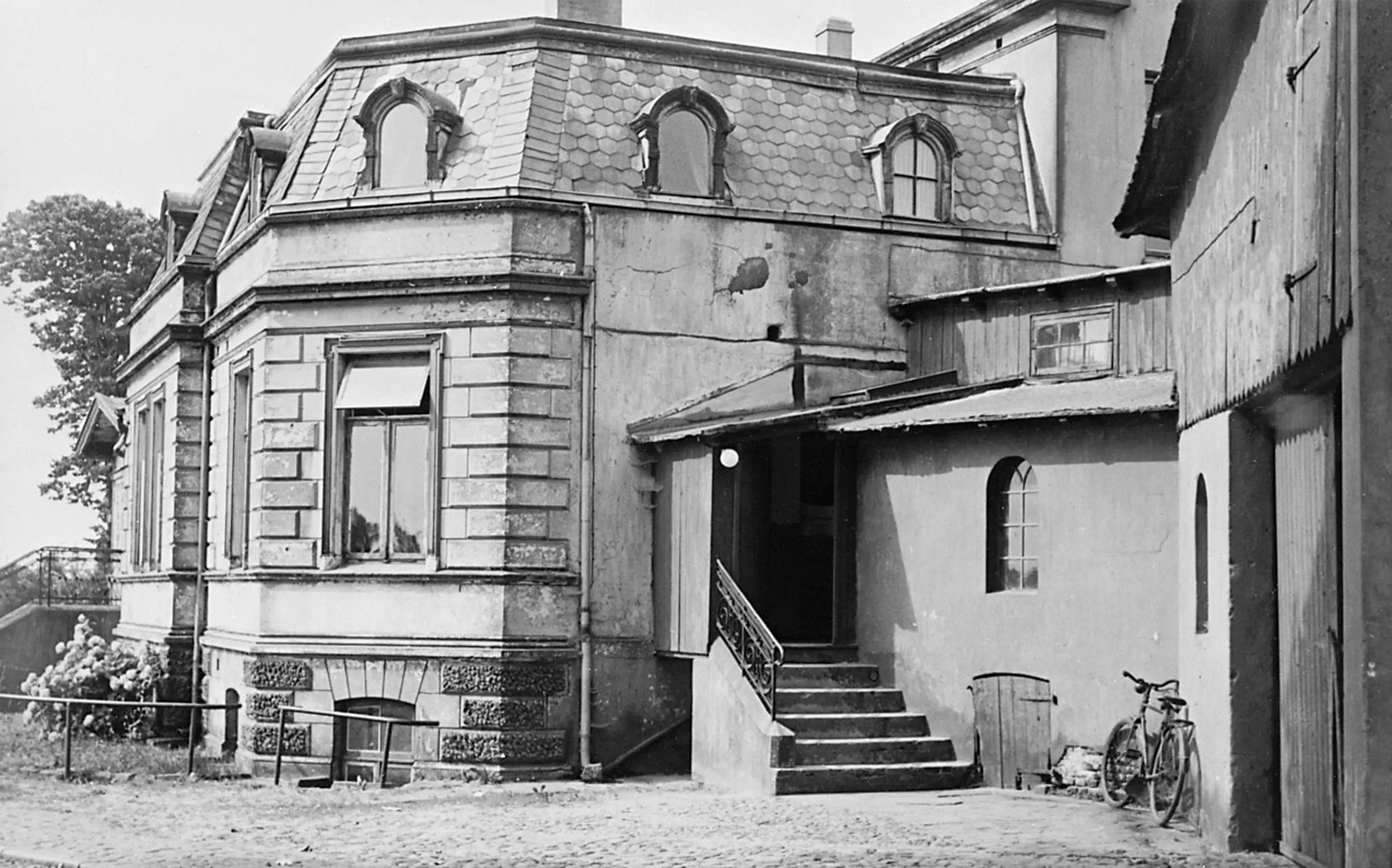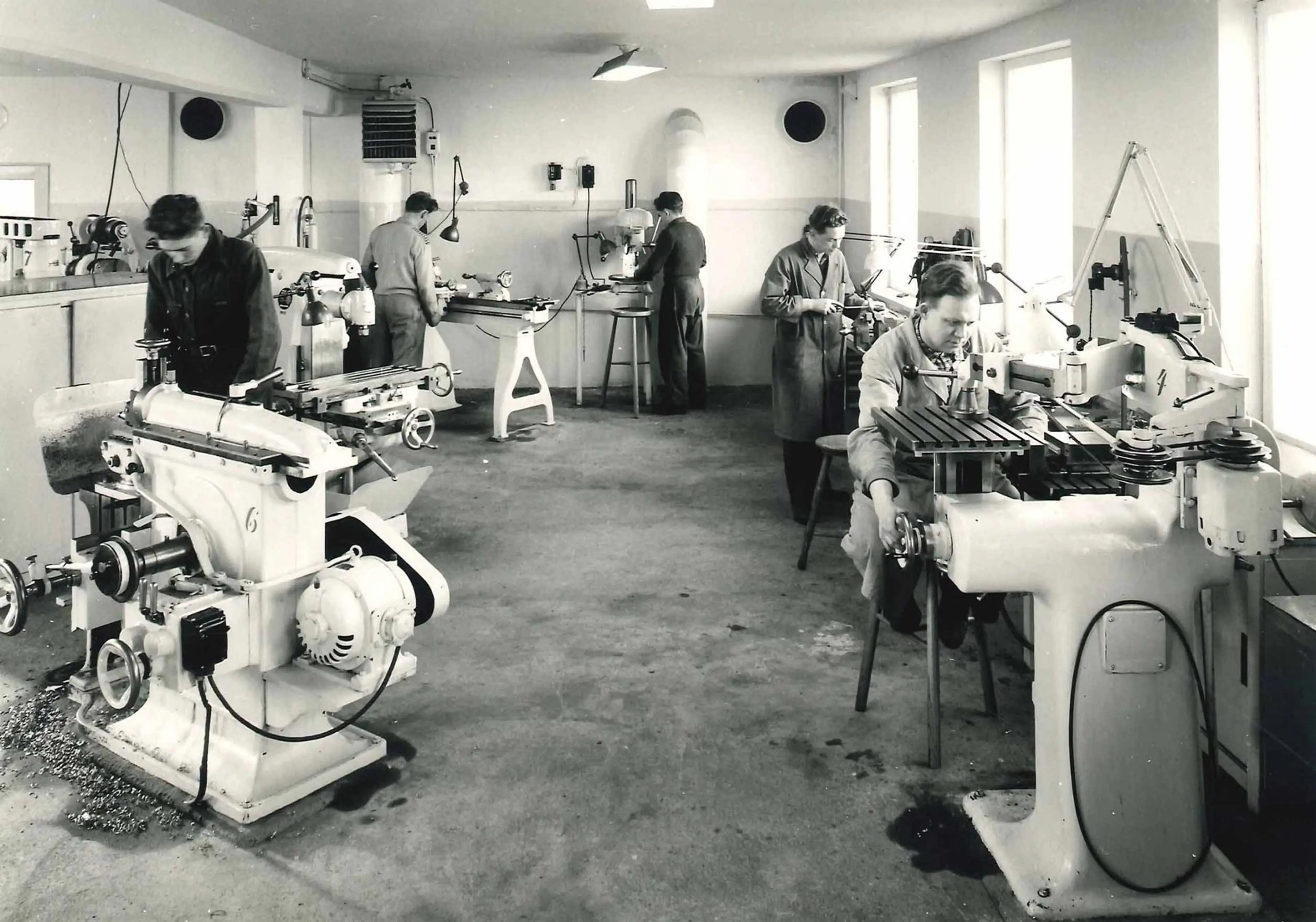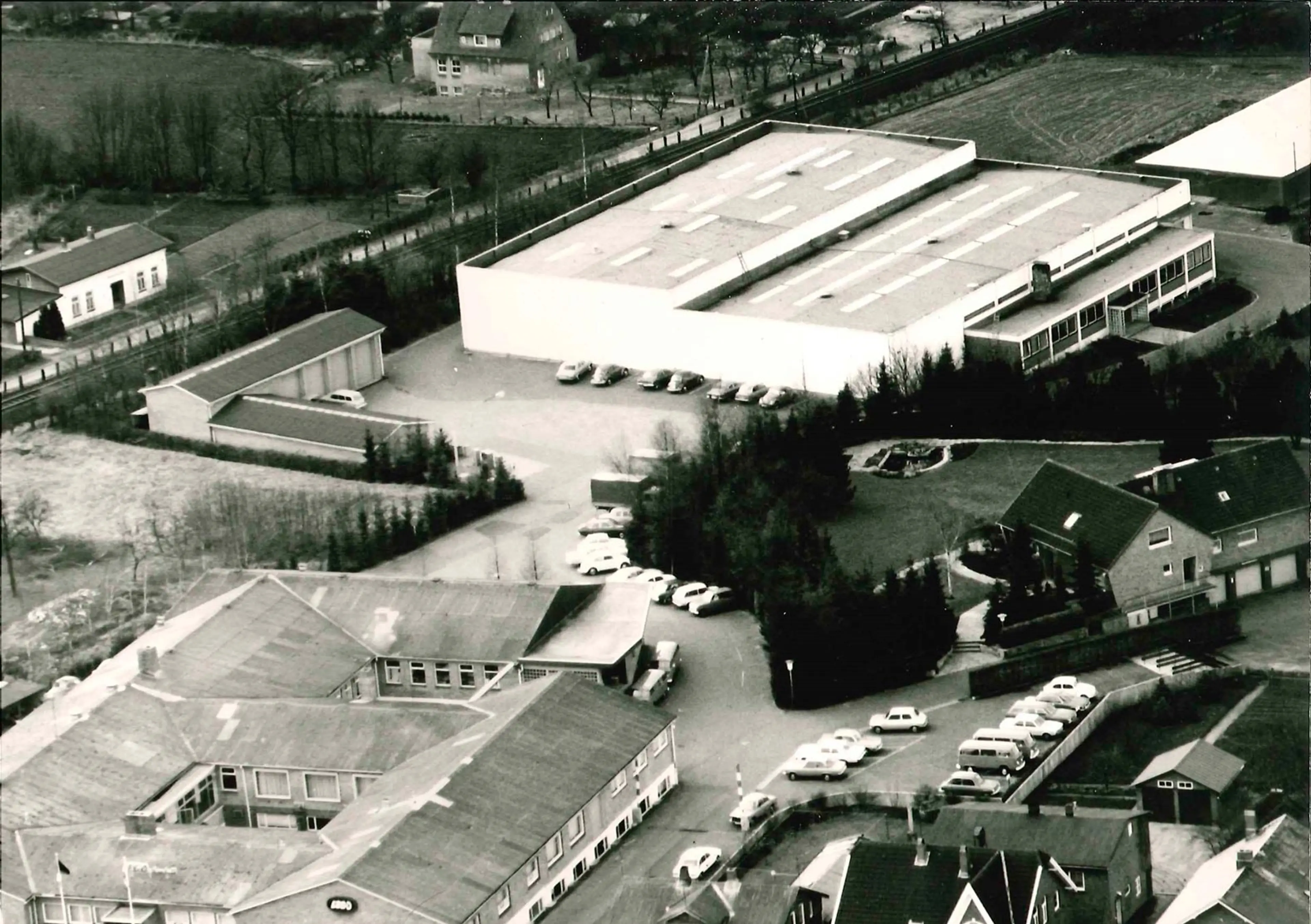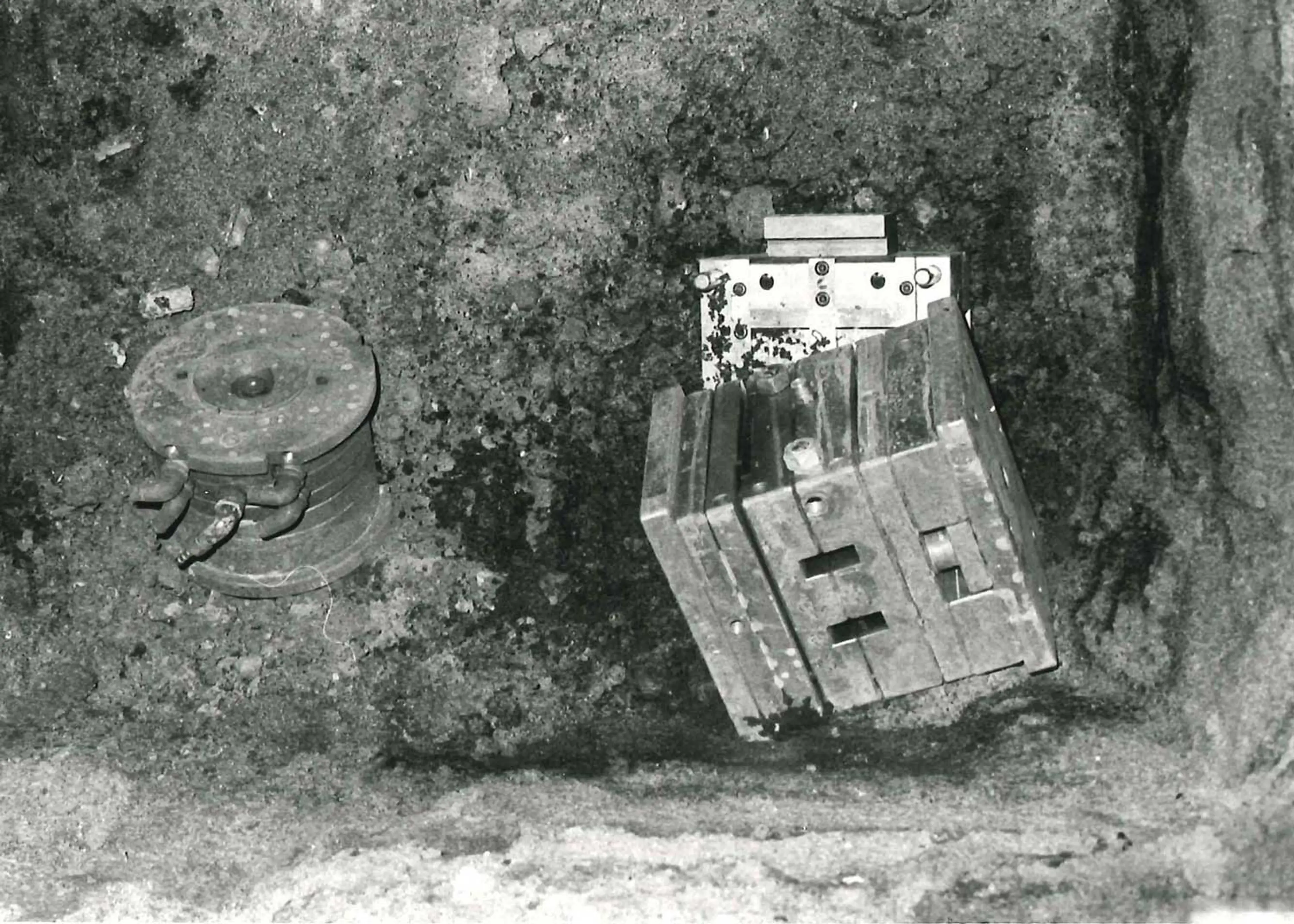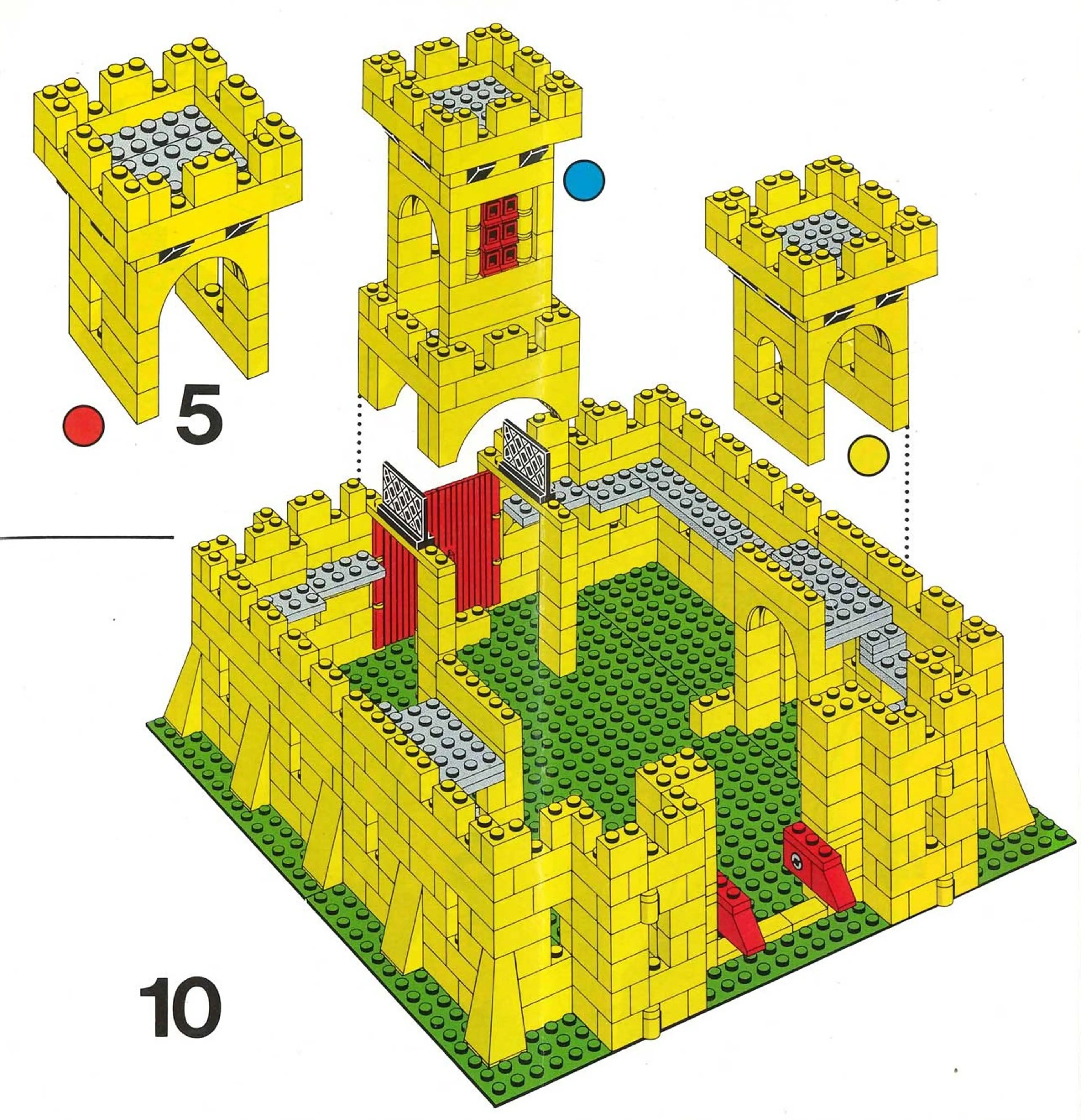Stretching all the way back to the beginning in 1932, the LEGO Group has created products that reflect children’s everyday life. One of the themes that has been giving children realistic and easy relatable toys for decades is LEGO City.
The LEGO Town Plan
The economic growth of the 1950s means that many Danes can afford to own a car. With an increasing number of cars in the streets, there is a growing focus on teaching children how to behave in traffic. With this in mind, the LEGO Group launches the Town Plan in 1955 as a supplement to the LEGO System in Play products. The Town Plan is a thin piece of plastic cloth (followed later by a Masonite version) showing a stylized network of streets on which children can arrange their LEGO buildings and cars to create an urban setting. The town plan is created in collaboration with the 1950s equivalent of today’s´ Danish Council for Road Safety and can be supplemented with LEGO street signs, small plastic cars and lorries and miniature police officers to direct the traffic.
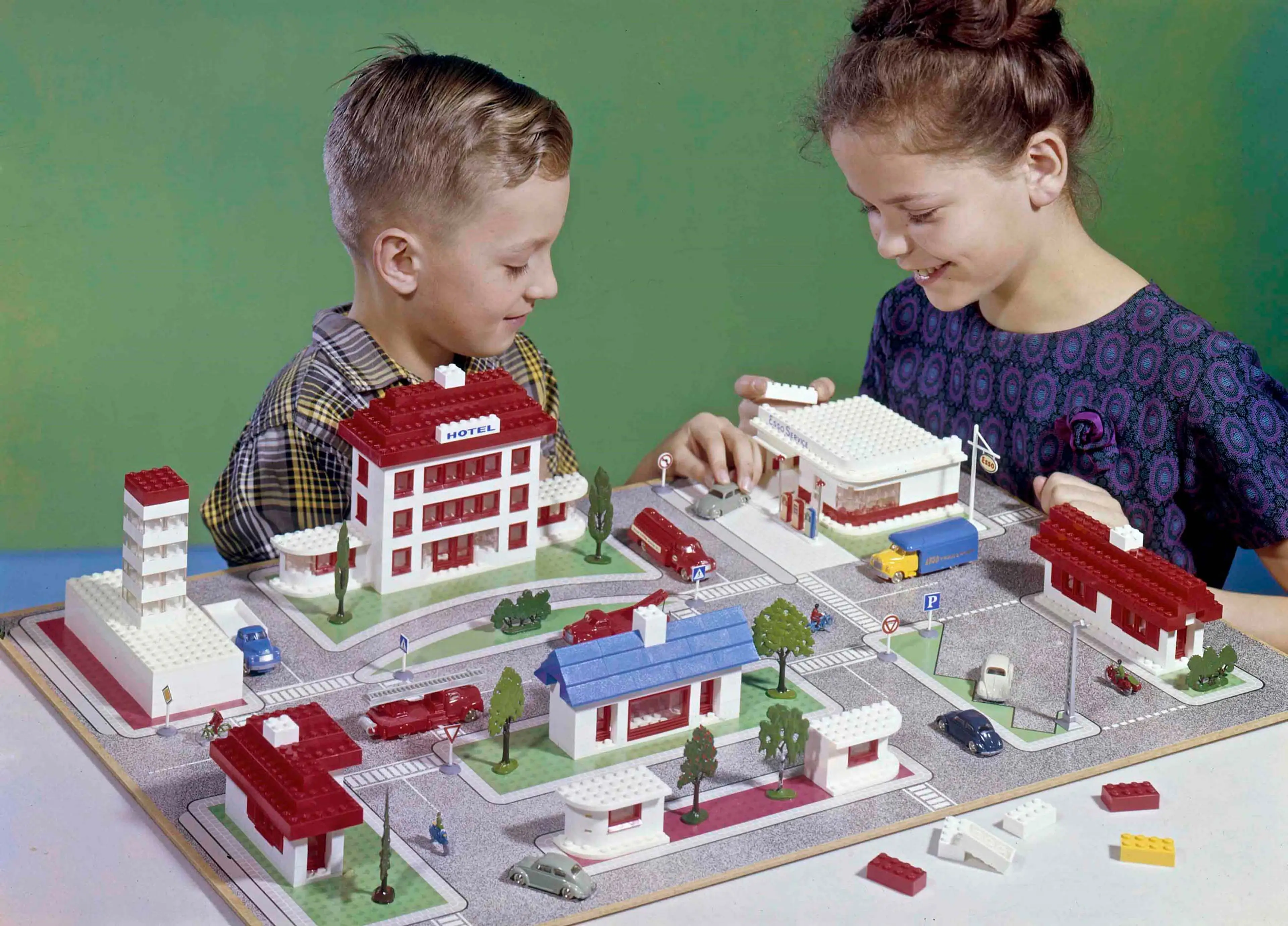
LEGO Town Plan, early 1960s
Economic growth also means that Denmark is becoming increasingly industrialized and Danish towns and cities grow as people move from a rural to an urban setting. Since the beginning in 1932, the LEGO Group has produced products, which reflect the surrounding society. Inspired by economic growth and the focus on road safety the company places the emphasis on creating products with urban settings. The buildings and cars produced from the mid-1950s, together with the Town Plan, act as very early inspiration of what is now the current LEGO City theme.
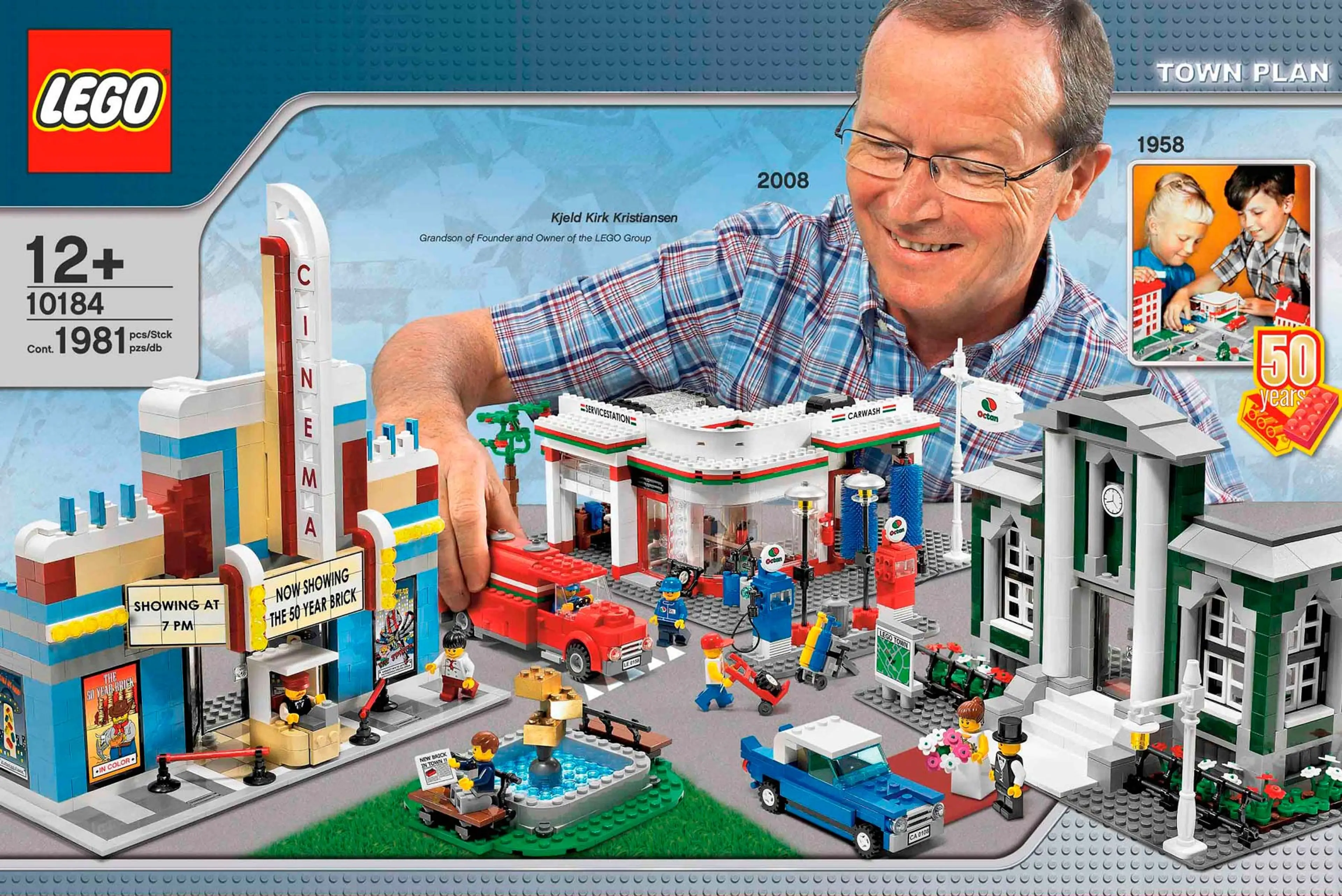
In 2008, the LEGO Group celebrated the 50th anniversary of the LEGO brick with a new version of an old LEGO Town Plan set. Just as on the original, the box featured third generation LEGO owner Kjeld Kirk Kristiansen on the front
Differentiating the System
Throughout the 1960s and 1970s, many products launched by the LEGO Group have an urban theme. In 1978, third generation LEGO owner Kjeld Kirk Kristiansen introduces a new business model called the “System within the System”. With the new model, the LEGO Group starts to further differentiate products and for the first time introduces LEGO play themes as we know them today.
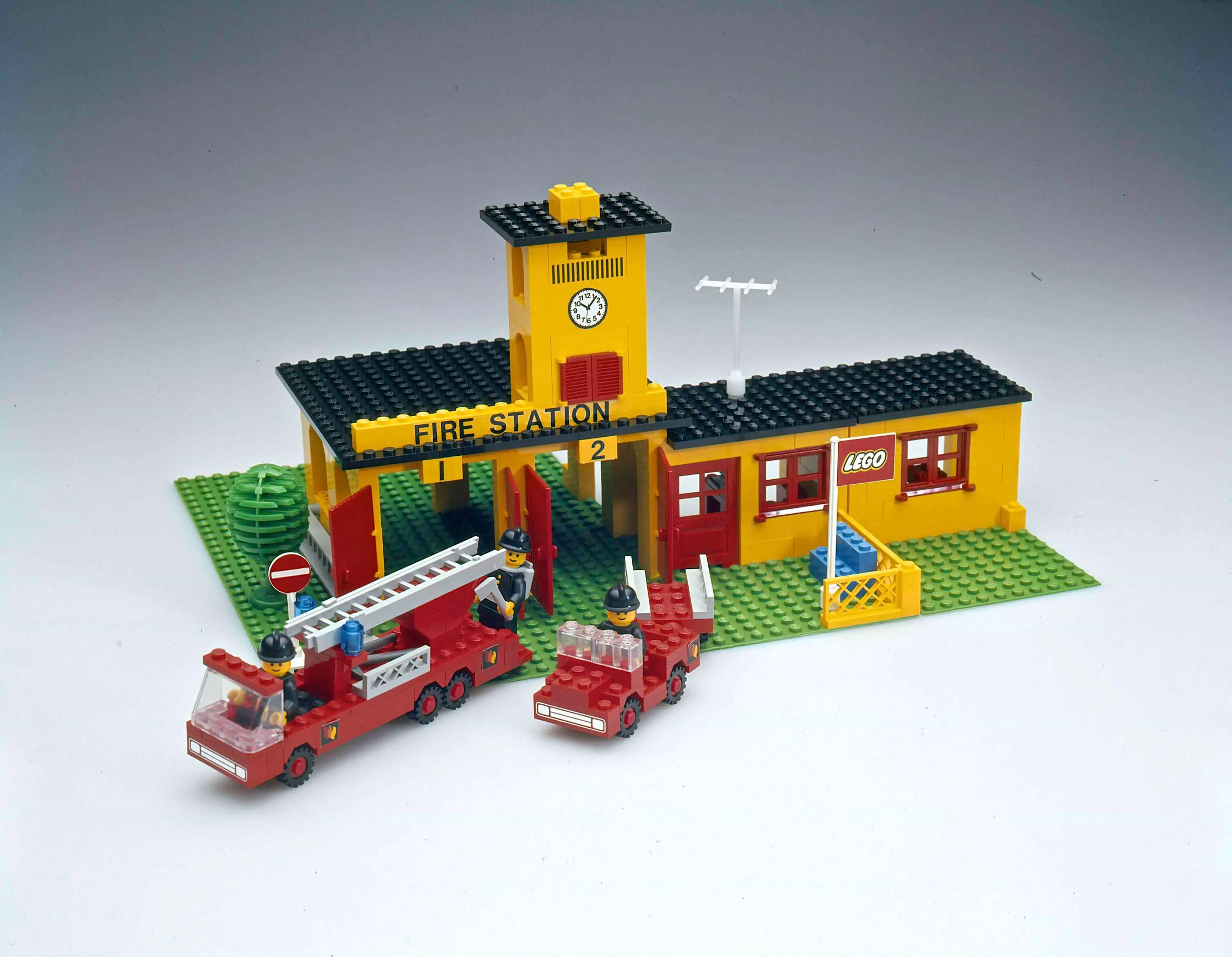
LEGOLAND Town set from 1978
Reflecting the LEGO Group’s focus on urban environments, one of the first LEGO play themes to be introduced in 1978 is LEGOLAND Town. The theme is inspired by the LEGO System in Play products from 1955 and in particular the Town Plan. Among other things, LEGOLAND Town introduces an updated Town Plan in the form of new street building plates. The new plates have roads printed on them and incorporate studs making it possible to build houses directly on the plates to create a genuine urban LEGO environment deeply rooted in the LEGO System.
In 1991, the LEGOLAND name disappears, and the play theme is renamed LEGO Town. In 1999, the name changes again – to LEGO City, which has remained the name except for a brief period in 2003-04, when the theme was known as LEGO World City. Since the launch in 1978, the Town theme introduced instant classics such as police and fire stations. Over the years the town grew to a city, and many more sub-themes emerged – including Airport, Arctic, Coast guard, Harbour, Mining, etc.
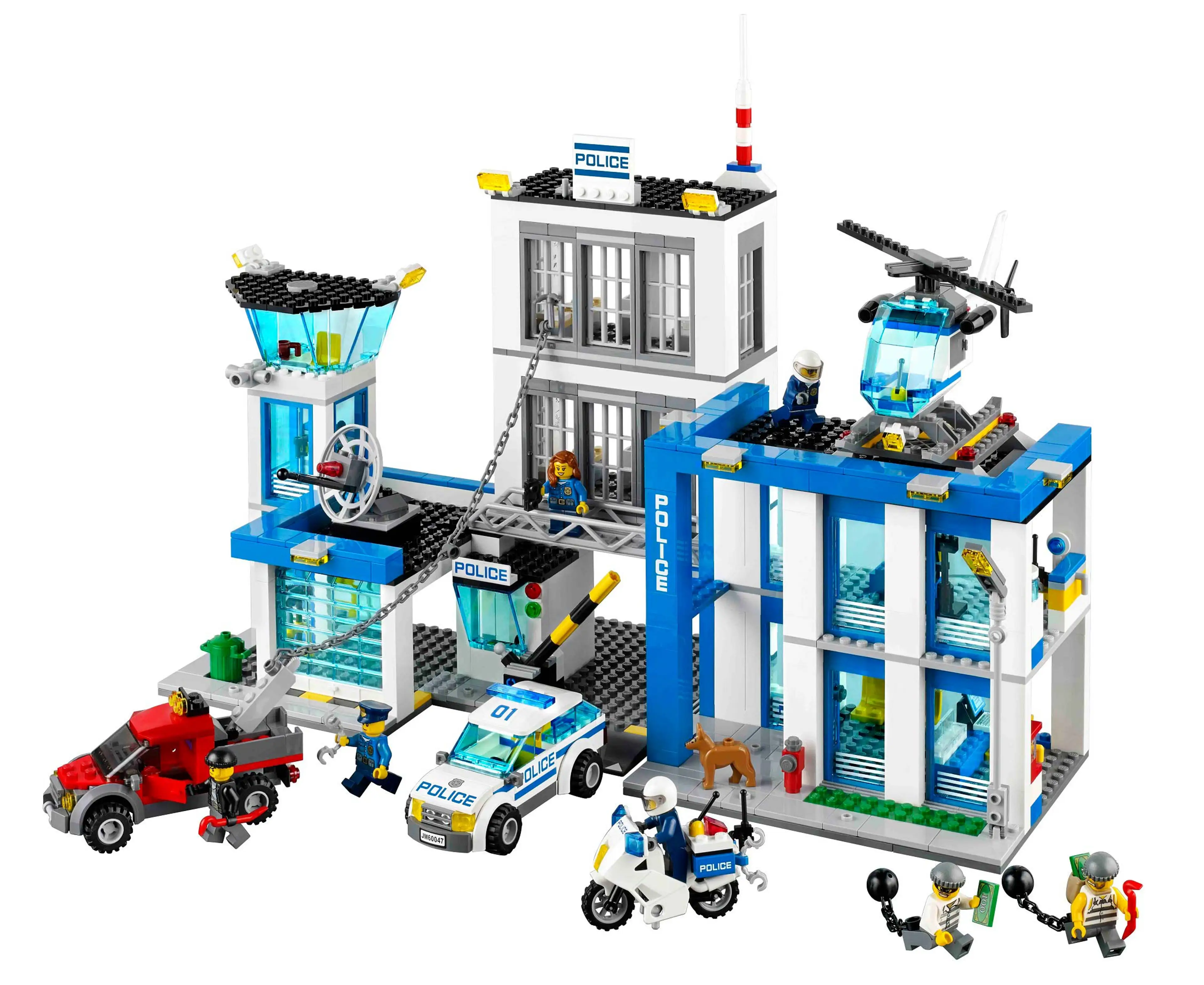
LEGO City police station from 2014
With the spirit of the theme stretching back to the mid-1950s it is easy to see why the LEGO City theme is a well-established core LEGO product.
